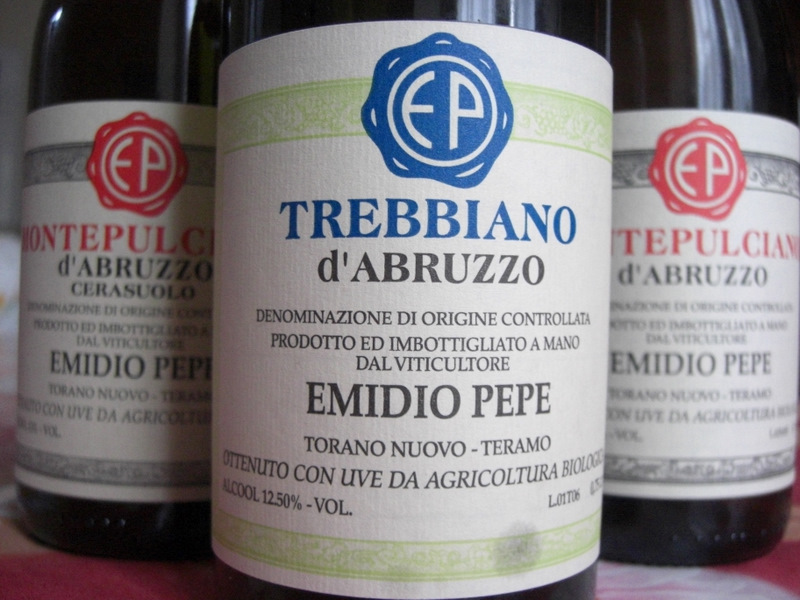In wine and tapas bars across the Basque territory, servers lower glasses and raise bottles. With a distance of nearly a meter between the mouth of the bottle and the glass waiting below, they pour a waterfall of Txakoli from over their heads.
It’s quite a spectacle – with the impeccable aim and fountain-like arc – but this crazy pouring serves an important purpose: it’s how the wine gets its bubbles.
Enough to Make Conversation
Unlike most sparkling wine, the incredibly light, low-alcohol Txakoli variety doesn’t come with a pressurized Champagne cork. This wine is singular in every way, from the bottle to the pour and the scent to the sip.
Typically found rarely outside the Basque region, this crisp wine is finally starting to appear regularly on shelves and wine lists in the States.
Though it is a bit more expensive (in the States) than other Spanish wines, the unique experience is worth the price tag.
The Lowdown
Grapes: Hondarribi Zuri and Folle Blanche
Region: three sub-regions in the Basque autonomous region of Spain
Flavor: bright, citrus-y, tart
Color: pale green
How to Serve: chilled
Cost: $15-$25
Well-known Brands: Txomin Etxaniz, Ameztoi, Xarmant
When to Drink: Young, within a year of bottling. This wine is not meant to be stored for long periods.
How to Pair: Txakoli is made for seafood. The lemon-fizz and slight acidity create a perfect pairing. It also fairs well against spicy, chili-ladden dishes from Mexico or Thailand.
The Backstory
Like many things in Basque country, the viticultural history is hard to unravel.
Well known producer Txomin Etxaniz dates back at least to 1649. Much of Spain has had vines under cultivation since pre-roman times, however, and this area is probably no exception.
Txakoli took off in the 1980s, when it turned from home-brew into a wine to be reckoned with. The first official region, Getariako Txakolina, was only recognized in 1990, so this is really a new kid on the block. Even more so than the Argentine Malbec.
Fun Party Facts
(1) There is some debate over whether the appropriate name is Txakoli or Txakolina and the New York Times seems to have taken the wrong side.
(2) “There’s no way of mass-producing the wine,” says importer Luis Moya, due to the steep hillside vines that can only picked by hand.
(3) In a town near Bilbao, in Spain, there is a Museo del Txakoli which explores the history of the beverage.
Accolades
Here’s a party in a glass. – The Dallas Morning News




emily @ the happy home
19 August
i work for a wine and spirits critic and the ONE wine that i have been waiting to show up at my doorstep is txakoli. we get everything under the sun (coconut vodka anyone?) but this varietal has never once appeared. i think i’m going to have to send out requests for samples. it sounds DELICIOUS!